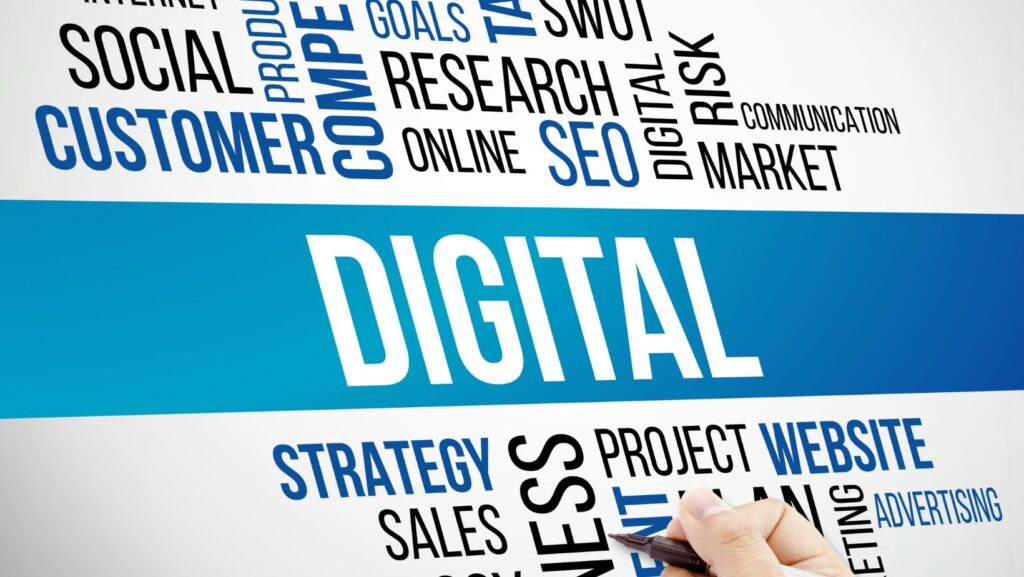Curious how to keep your top talent?
It’s no secret that organizations want happy, engaged, productive, and loyal workers who actually enjoy their jobs. But most are going about things the wrong way.
Here’s why:
Workplace stress and burnout are negatively impacting employee wellbeing at an alarming rate. In fact, 47% of employees report work stress as the leading factor in the decline of their mental health — outranking other issues like inflation or the economy.
This is a huge problem.
The good news is, companies that take a holistic approach to employee experience (EX) are seeing incredible results in retention, productivity, and engagement. The best part? It’s not just helping employees — it’s delivering real and measurable business results.
Let’s dive into how you can build an EX that works and stops employees from leaving…
What You’ll Discover:
- The Real Cost Of Employee Turnover
- 5 Must-Have Features Of Successful Employee Experience Software
- The EX Features That Win Over New Hires
- Aligning Experience Programs With Your Business Goals
- From Data To Action: Measuring Success And Making Improvements
- Next Steps: Designing An EX That Delivers Results
The Real Cost Of Employee Turnover
In 2024, global employee engagement fell to 21%, according to Gallup’s latest study. In other words, barely 1 in 5 employees worldwide actually feel connected to their work.
Now here’s the crazy part:
Organizations are losing money hand over fist because of this. Disengaged and burnt-out employees costs companies big through turnover, low productivity, and increased healthcare costs. The average cost of turnover for a single employee can exceed 20% of annual payroll!
Pause for a second and let that sink in.
One fifth of your payroll budget could be going straight to waste because workers aren’t sticking around and engaged. The old way of doing things with basic benefits and an annual engagement survey isn’t cutting it anymore. The modern workforce is looking for more and willing to walk if they don’t get it.
5 Must-Have Features Of Successful Employee Experience Software

So what actually moves the needle on this…
It’s comprehensive employee experience solutions that focus on helping employees thrive in all areas of their work life. We’re talking way beyond surface-level perks like free soda or a foosball table. Instead, it’s about meaningful experiences that support workers at every interaction with your company.
Here’s what that looks like. Organizations with well-designed and effective wellness and wellbeing programs report up to a 20% increase in employee productivity compared to those without. That’s not chump change, that’s HUGE for the bottom line.
And it doesn’t stop there.
The real magic is when employees feel like your organization truly has their back. Recent surveys have found that a staggering 88% of employees say they value wellbeing support at work as much as they value their salary. Let that sink in. Your people want support for their total wellbeing just as much as they want a paycheck.
The fact that employees’ priorities are shifting this way means organizations need to change up how they approach EX optimization. Tossing some cash at the problem isn’t enough, you have to craft thoughtful, intentional programs that actually hit the mark on what people need.
The EX Features That Win Over New Hires
Ok, so how do you build something that actually works and sticks?
Start with understanding that employee wellbeing encompasses way more than just physical health. It includes mental health, financial stability, career development, and a sense of community. All of these elements need to come together to create a truly holistic experience.
Rest assured, companies are on it. A survey from OnePoll on behalf of WebMD found that a massive 64% of employers are planning to ramp up their health and wellbeing initiatives. The forward-thinking organizations are taking a full, holistic approach over implementing individual disconnected offerings.
What does an effective program look like?
It has mental health support, whether that be counseling services, stress management resources, and/or psychological safety. Workers need to feel comfortable accessing help and not fear stigma or repercussions for doing so.
Financial wellness programs that help employees handle money stress and plan for their futures. This could include tools for financial planning, educational programs, and emergency savings support. Workers who aren’t worried about finances are better focused and able to produce at work.
Physical health programs that make it easy and fun for employees to stay healthy and active. This goes beyond just a gym membership to include ergonomic assessments, health screenings, and team-based fitness challenges that build camaraderie.
Career development opportunities that show workers they have a future with the company. People want to learn new skills, be challenged, and advance their careers. Transparent career pathways and mentorship programs make a world of difference.
Aligning Experience Programs With Your Business Goals
Did you know what most fails at?
The “old school” playbook of just a benefits package and a once-a-year engagement survey. By the time you know employees are unhappy on the annual survey, it’s already too late and they’ve already left. You need to be able to surface issues early and take action.
Enter modern employee experience optimization. Technology has enabled the types of tools that allow organizations to collect feedback continuously, identify trends early, and act before small problems become big issues. The companies doing this well leverage data to know exactly what’s working and what needs adjustment.
But tech tools alone aren’t the answer, it’s the human side that still matters most. Leaders need to model healthy behavior, be real with their teams, and create an environment and culture that truly values wellbeing rather than just paying it lip service in company meetings.
From Data To Action: Measuring Success And Making Improvements
Here’s something that most get wrong…
They try to measure employee experience programs only through hard metrics like turnover or healthcare costs. Don’t get me wrong, these numbers are important, but they don’t tell the whole story about how your programs are impacting employees and the business.
The key is blending quantitative and qualitative data. Track traditional metrics like retention rates, productivity, and absence rates. But also measure employee sentiment, engagement, and people’s descriptions of their experience working for you.
The best companies that are doing this right? Huge dividends. Employees who feel supported stick around, work harder, and act as brand ambassadors for the company. People are telling their friends what a great place to work it is and recruitment is easier and less expensive.
But remember this:
Building a culture of wellbeing is a marathon, not a sprint. You won’t overnight transform your workplace by rolling out a single new program. It takes commitment from the top down, regular communication about the resources that are available, and continuous refining based on feedback.
It’s 100% worth the investment though. Organizations that invest in employee wellbeing are seeing better business results — and they are building places where people actually want to show up and do their best work every single day.
Bringing It All Together
Employee wellbeing is no longer a “nice to have.”
The data is screaming at us that the modern workforce is being chewed up by stress and burnout faster than companies can keep up. Organizations that ignore this issue are destined to continue hemorrhaging talent and money. The businesses that take a holistic approach to employee experience will be the ones that build stronger, more resilient organizations.
The answer is to move past the antiquated benefits model to programs that truly support the whole person. To use technology to gain valuable insights while also maintaining the human touch that makes people feel cared about and seen. And to make it a continuous effort with leadership prioritizing wellbeing as a core business strategy.
Your employees are telling you what they want and need. The question is do you care enough to listen and act on it. The companies that do are going to build workplaces where people want to be and thrive, and that’s a competitive edge that is hard to beat.


